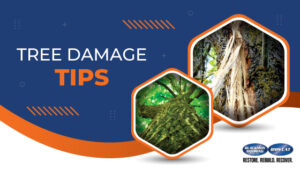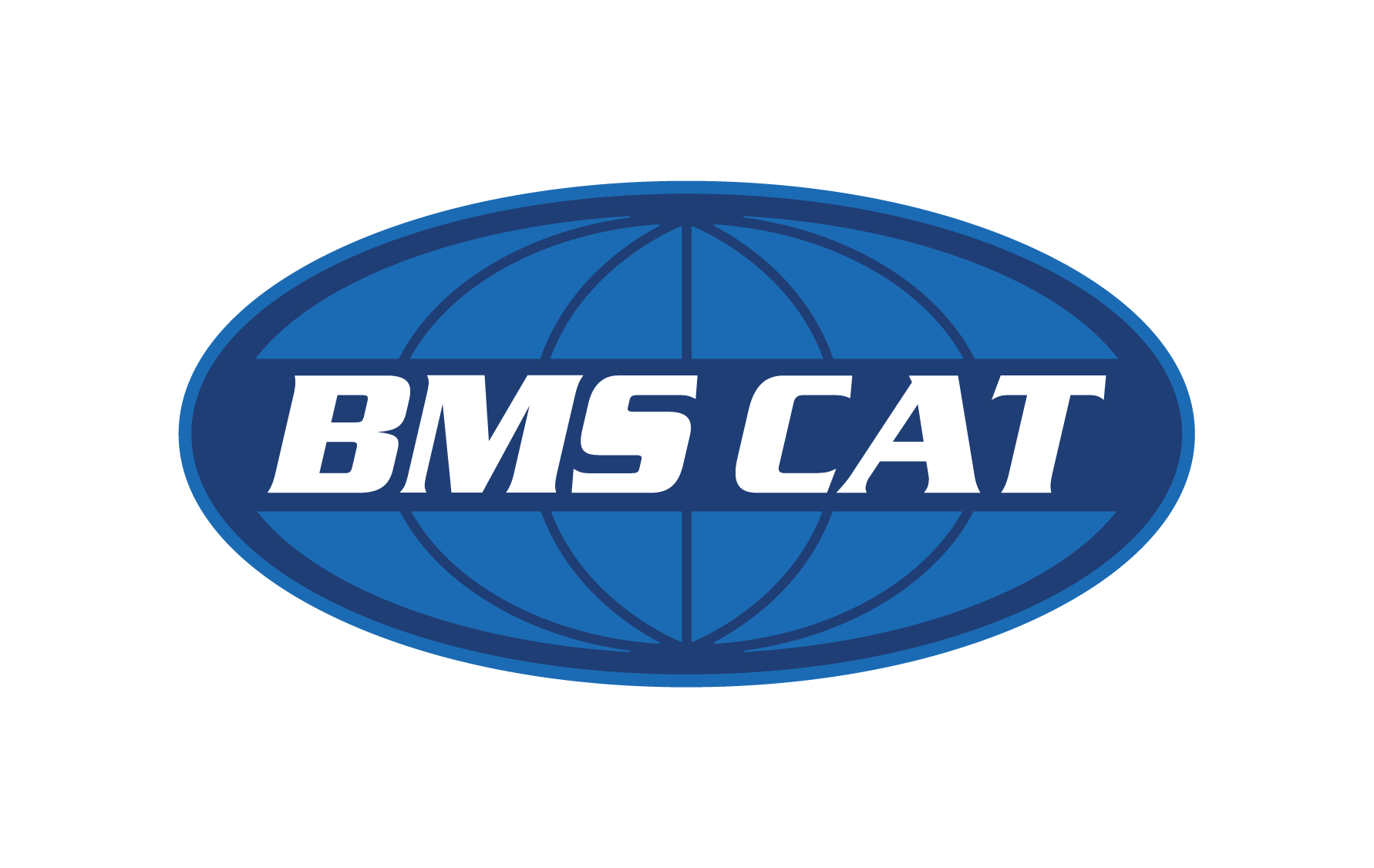 Mother Nature can be nasty and if you find yourself as one of the unlucky ones with a fallen tree on your property here are some tips to consider.
Mother Nature can be nasty and if you find yourself as one of the unlucky ones with a fallen tree on your property here are some tips to consider.
- Secure the area and inform everyone to stay away. Large limbs that are broken and hanging can fall at any time.
- Uprooting trees lying on their sides can shift. Partially uprooted trees also can fall at any moment. Do not let people in these areas until a professional has assessed and resolved this issue.
- Do not touch the fallen tree. It may have taken down power lines on its way down. These power lines may not be easily visible, but they can still be energized. The tree, as well as a metal chain link fence, may be energized.
- Call the professionals! You will need a reputable and qualified tree care company. Do not cut up storm-damaged trees or limbs. Often times there are spring-loaded forces that can cause serious injury if not dealt with properly.
- Secure any exposed areas to prevent secondary/additional damage. Many times when a tree falls on your property it will poke holes in your roof, break windows, or maybe even worse. If you don’t tarp and board up the exposed areas you run the risk of additional water damage from future storms until you can properly repair your property.
- Call your insurance agent, typically a homeowners insurance policy will cover a tree falling on your home, but check with your insurance agent.
6 Tips For Checking Your Trees Before & After A Storm
- Check the roots in a circle about 10 feet around the trunk. If the root system is lifting up on one side or the other, that’s a sign that there has been some root damage. Heavy rainfall has waterlogged the soil. If that’s happening, call an arborist quickly.
- Check the base of a tree for mushrooms or for cavities in the trunk. Both are signs that the tree might be dying from the inside.
- Long vertical cracks, a splitting tree trunk is another warning sign of imminent problems. These trees should be dealt with immediately to prevent them from falling on something — or someone.
- Are there dead branches? If so, they should be removed.
- Heavy canopies of leaves catch more wind during storms. They should be thinned to allow gales to pass through.
- Big branches that are crowded too close together may form a weak union that won’t support both limbs. A ‘U’-shaped crotch where the branches come together signals a relatively strong branch union. What you don’t want to see is a V-shaped crotch with a seam running down it.
Storm Tree Damage
A tree falling on your roof can be devastating and hopefully, no one gets hurt. A tree can puncture many holes and cause damage across multiple different parts of your house. For example, one tree can destroy your roof, siding, interior in a home, and even the land. Once your property has tree damage we will follow these steps.
- Evaluate the tree damage to your home or business.
- Assist homeowner if needed in getting a professional tree removal company out to remove the fallen tree.
- Board up and tarp all exposed areas to the structure to prevent secondary damage, such as; water intrusion or keeping vandals out.
- Provide a thorough scope of work repairs estimate for you and your insurance company if needed.
